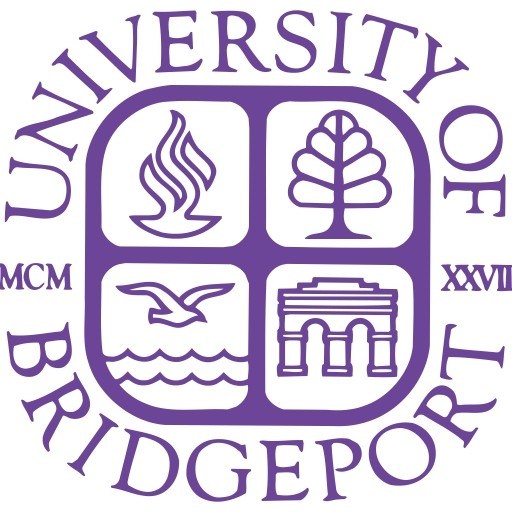Photos of university / #wustl_official
The Bachelor of Science in Architecture with a focus on Design prepares students to become innovative and thoughtful designers in the built environment. This comprehensive program emphasizes a balance of creative exploration, technical proficiency, and an understanding of social and environmental responsibility. Throughout their studies, students engage with a diverse curriculum that combines studio-based design projects with coursework in architectural history, theory, structural systems, and building technologies. The program fosters critical thinking and problem-solving skills, encouraging students to develop conceptual ideas into practical, sustainable, and aesthetically compelling architectural solutions.
Students are exposed to a wide range of design methodologies, digital and manual drawing techniques, and computational tools essential for contemporary architecture practice. The program also emphasizes collaborative work, promoting teamwork and communication skills that are vital in professional settings. Students have opportunities to participate in internships, workshops, and exchange programs to gain real-world experience and broaden their perspectives. The faculty includes distinguished architects and scholars committed to mentoring students and advancing innovative research.
Graduates of the program are equipped to pursue careers in architecture firms, urban planning, interior design, or continue their education through graduate studies. The university's state-of-the-art facilities, including dedicated design studios, fabrication labs, and computer labs, provide the resources necessary for creative experimentation and technical mastery. With a curriculum aligned with current industry standards and trends, the Design in Architecture program aims to develop versatile architects who can shape sustainable, functional, and inspiring environments worldwide.
First Year
- Foundation studios in design
- Interdisciplinary drawing course for all Architecture and Art students
- Explorations of materials, geometry, surface, and detailing
- Design of a small building
- Practices in Architecture + Art + Design, a lecture course taught by the leaders of the
School
- Additional course work in the liberal arts
Second Year
- Design studios focused on the relationship of architecture to the landscape and to the urban environment
- Interdisciplinary elective studies between art, architecture, and design
- Architectural history courses
- Additional course work in the liberal arts
Third Year
- Intensified design studios exploring building assemblies, structure, landscape, and sustainability
- Building systems course
- Architectural theory course
- Additional course work in the liberal arts
Fourth Year
For Bachelor of Science in Architecture:
- Continue in-depth study of architecture through design studios
- Structures courses
- Architectural history and theory course work, with an emphasis on urban design issues
- Technology courses in environmental systems or landscape architecture
For Bachelor of Design in Architecture:
- Student-directed capstone project
- Ultimate flexibility to complete a second major or additional minor, or to explore other areas of interest
- Option to take additional architecture course work, including your choice of studios and theory classes
Requirements
- You must have graduated from high school, received a recommendation from your teachers or other responsible officials of the school, and taken an appropriate distribution of high school subjects.
- Your application must be accompanied by a $75 nonrefundable application fee.
- You must also submit your official secondary school transcript, a teacher recommendation, SAT or ACT scores, and essay.
- While a portfolio is optional for first-time applicants, we encourage all applicants to submit a portfolio. If you wish to be considered for an academic scholarship, you must submit a digital portfolio. A portfolio can include anything from drawings and paintings, to photographs, illustrations, videos, sculptures, storyboards, websites, or other types of work that seem relevant. Choose 10-20 pieces of your best and most recent work. There are several ways you may submit your portfolio.
- Proof of Financial Support
- Either TOEFL (Test of English as a Foreign Language) or IELTS (International English Language Testing System) is required of all international students for whom English is a second language and recommended for U.S. citizens or permanent residents whose second language is English.
Scholarships
- First-Year Student Academic Scholarship & Fellowship Programs
- Global Education
- Need-Based Financial Aid
The Bachelor of Science in Design in Architecture at Washington University in St. Louis is a comprehensive program that prepares students for careers in architectural design, planning, and related fields. The curriculum emphasizes both creative and technical skills, fostering innovation, sustainability, and an understanding of human-centered design principles. Students gain a solid foundation in architectural history, theory, environmental systems, and construction methods, alongside hands-on experience through studio projects, internships, and collaborative initiatives. The program encourages critical thinking and problem-solving skills, enabling graduates to address complex design challenges in a variety of contexts. Faculty members are accomplished professionals and scholars dedicated to mentoring students and advancing the discipline through research and community engagement. The program also provides opportunities for students to participate in design competitions, study abroad programs, and interdisciplinary projects with engineering, arts, and business departments. Graduates of the program are well-prepared for graduate education, licensure, or careers in architecture firms, urban planning agencies, interior design, or related industries. The university's state-of-the-art facilities, including design studios, laboratories, and digital fabrication workshops, support the learning process and innovation. Students are encouraged to develop a strong ethical and professional outlook, emphasizing sustainable design practices and social responsibility. The program aligns with contemporary architectural trends and prepares students to become leaders in shaping sustainable, functional, and aesthetically compelling built environments.







